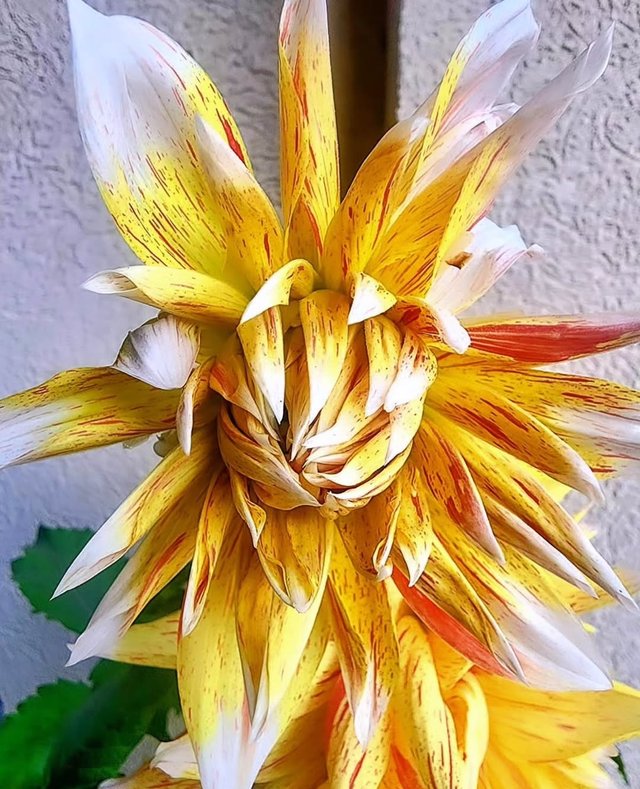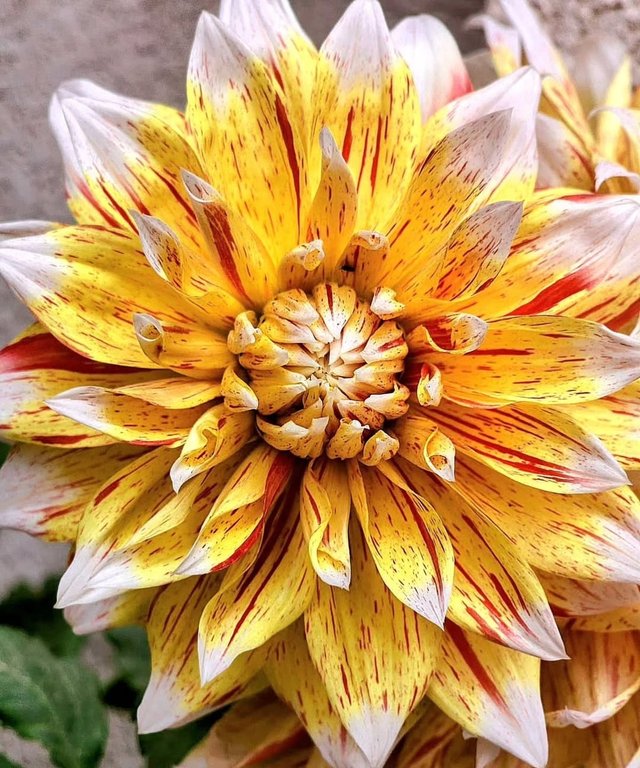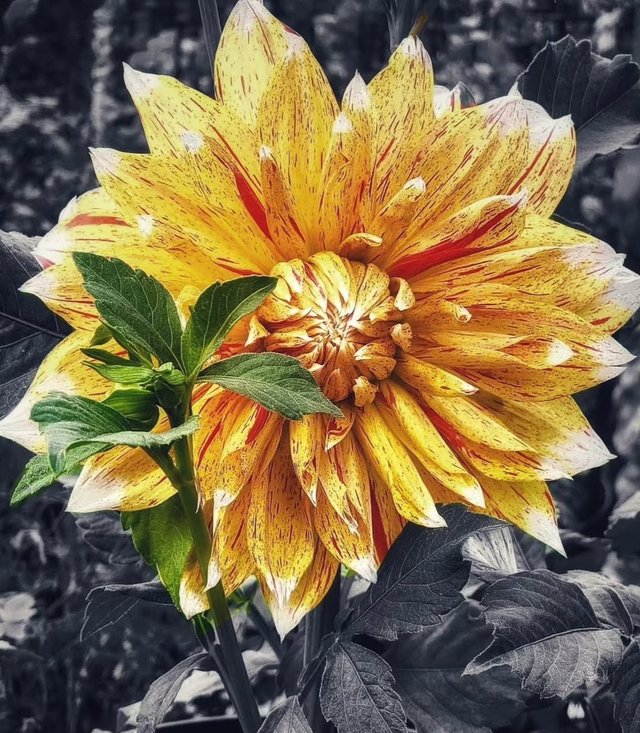Yellow Colour Chrysanthemum Flower
Chrysanthemum: The Timeless Symbol of Beauty and Resilience
Chrysanthemum, often simply called “mum” or “chrysanth,” is one of the most beloved flowering plants in the world. Belonging to the Asteraceae family, this vibrant bloom has been cultivated for thousands of years and holds a special place in cultures across Asia, Europe, and the Americas. Its name derives from the Greek words “chrysos” (gold) and “anthemon” (flower), referring to the golden hues of the earliest varieties. Over time, horticultural advancements have given us chrysanthemums in a dazzling array of colors, shapes, and sizes.
Origin and History
Chrysanthemums originated in China over 2,500 years ago, where they were first grown as a flowering herb for medicinal and ornamental purposes. Ancient Chinese scholars celebrated them in poetry and paintings, and the flower became a symbol of autumn and nobility. From China, chrysanthemums spread to Japan around the 8th century, where they quickly gained cultural importance. In Japan, the chrysanthemum became the emblem of the Imperial Family, representing longevity and rejuvenation. The flower even inspired the “Chrysanthemum Throne,” a term for the Japanese monarchy. By the 17th century, chrysanthemums made their way to Europe, captivating gardeners and botanists, and today they are a staple in gardens worldwide.
Botanical Features
Chrysanthemums are herbaceous perennials, meaning they can bloom year after year with proper care. They have deeply lobed leaves and produce clusters of flower heads in various forms—daisy-like, pompon, quill, or spider-shaped. Bloom colors range from classic gold and yellow to white, red, pink, lavender, bronze, and even green. Their bloom season usually falls in late summer to autumn, making them one of the most important flowers for brightening gardens as many other plants begin to fade.
Cultural Significance
The chrysanthemum carries rich symbolism across cultures:
China: Associated with integrity, elegance, and the balance between life and death. It is also one of the “Four Gentlemen” in Chinese art, representing autumn.
Japan: A symbol of happiness, longevity, and rejuvenation. The annual “Festival of Happiness” celebrates this bloom with displays, art, and parades.
Europe and America: Often seen as a cheerful and positive flower, although in some European countries, particularly France and Belgium, chrysanthemums are traditionally linked with funerals and remembrance.
Modern Symbolism: Today, chrysanthemums represent friendship, joy, and optimism, making them a popular choice for gifts and floral arrangements.
Thanks For Reading
Device Information
| Device | Redmi Note 10 Pro |
|---|---|
| Lens | 64 mp |
| Location | Bangladesh |




